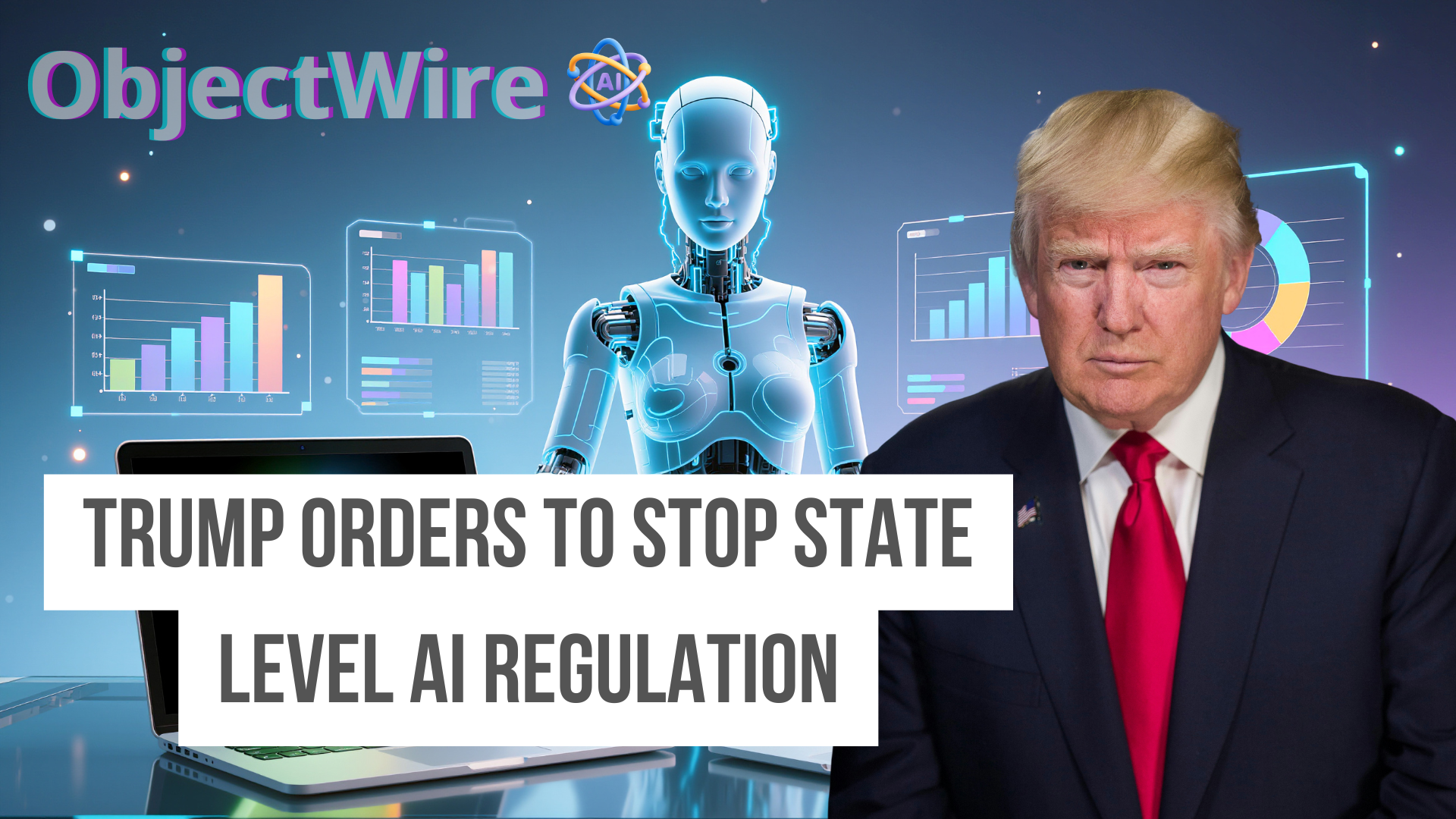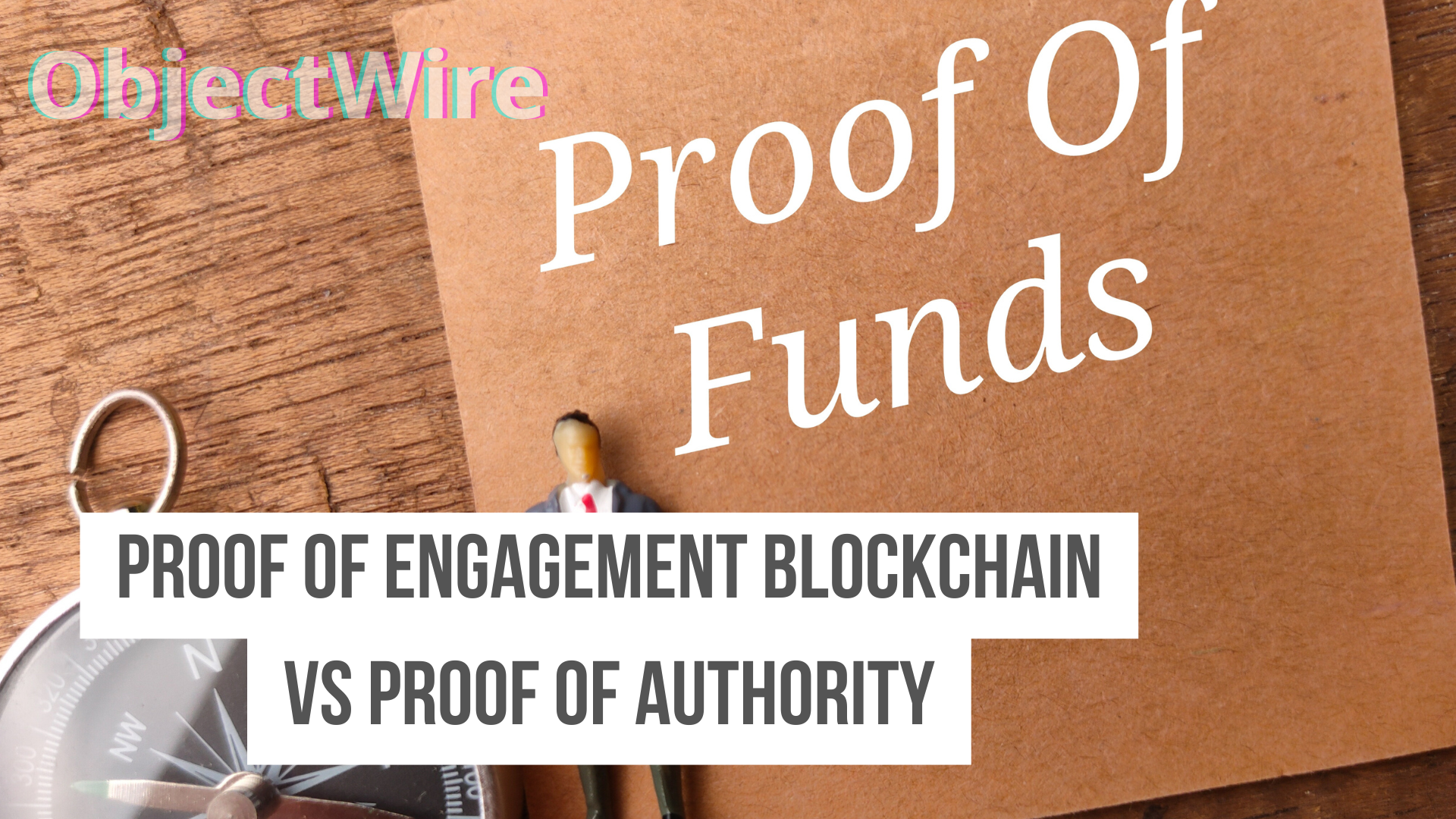The USAID and U.S. Institute of Peace Connection: Allegations & Corruption
Recent investigations have cast a spotlight on allegations of corruption and mismanagement at the U.S. Institute of Peace (USIP) and the U.S. Agency for International Development (USAID), raising serious questions about the integrity of U.S. foreign aid and peacebuilding efforts.
As of May 31, 2025, reports of financial misconduct, unauthorized fund diversions, and aggressive interventions by the Department of Government Efficiency (DOGE) have sparked legal battles and public outcry. This article explores these allegations, the key players involved, and their implications for U.S. foreign policy, addressing longtail keywords like “USIP corruption allegations 2025,” “USAID financial mismanagement issues,” and “DOGE takeover attempts.”
U.S. Institute of Peace - Allegations of Financial Misconduct
The USIP, a congressionally funded nonprofit established in 1984 to promote conflict resolution and peacebuilding, has been accused of significant financial mismanagement.
A 2025 report by the U.S. Office of Government Efficiency, led by Elon Musk, alleged that over the past decade, $13 million in public funds were misappropriated, with funds reportedly used for personal luxuries and unauthorized travel.
Among the most shocking claims was a $132,000 payment to Mohammad Qasim Halimi, a former Taliban Chief of Protocol, raising concerns about the legitimacy of these transactions. The report also uncovered $2.23 million funneled into offshore accounts, discovered only after recovering deleted records.
DOGE’s Controversial Takeover Attempt.
In March 2025, the Department of Government Efficiency (DOGE), under Musk’s leadership, attempted to seize control of USIP by ousting its president, George Moose, and replacing board members with DOGE-affiliated officials, including Secretary of State Marco Rubio and Defense Secretary Pete Hegseth. This move, backed by the FBI, Justice Department, and local police, was described as a “takeover by force” in a lawsuit filed by USIP.
U.S. District Judge Beryl Howell ruled on May 19, 2025, that the takeover was unlawful, labeling it a “gross usurpation of power” that violated USIP’s statutory independence. Howell criticized the use of armed law enforcement to intimidate staff, noting that the actions traumatized USIP’s 414 employees and contractors across 26 countries. The judge declared the removal of USIP’s leadership and the transfer of its $500 million headquarters to the General Services Administration (GSA) as “null and void.”
The ruling has sparked debates about DOGE’s authority and tactics, with critics arguing that its aggressive approach undermines independent institutions. Posts on X reflect polarized sentiment, with some praising DOGE’s efforts to curb waste, while others condemn its “mafia-like” methods.
USAID: Oversight Failures and Fraudulent Activities
The U.S. Agency for International Development (USAID), responsible for administering $40 billion in foreign aid annually, has faced mounting allegations of corruption and oversight failures. These issues, long predating the current administration, have intensified under DOGE’s scrutiny, with Elon Musk publicly labeling USAID a “criminal organization” and advocating for its closure.
Pandemic Relief Fraud THE USAID to USIP Connection
Domestically, USAID’s issues include fraud. In April 2025, contracting officer Ruth Chisina Mufute was arrested for defrauding a nonprofit of $240,000 through false housing claims USAID OIG, 2025. Another employee misused Paycheck Protection Program loans, highlighting vetting gaps Justice Department, 2025.
USAID, managing $40 billion in annual foreign aid, faces allegations of systemic corruption. A January 2025 USAID Inspector General (OIG) report revealed weak oversight, with missing anti-diversion clauses in NGO contracts, risking funds reaching groups like Hamas or Al-Nusrah Front USAID OIG, 2025. Senator Tom Cotton claimed over $1 billion in Gaza aid since October 2023 was diverted to Hamas via UNRWA. A notable case involved Mahmoud Al Hafyan, charged in November 2024 with diverting $9 million in USAID-funded aid to Al-Nusrah Front through black-market sales Justice Department, 2024.
Key Incidents and Responses:
- Chemonics International: Paid $3.1 million in 2025 to settle fraudulent billing claims on a USAID health contract, following self-reported issues Justice Department, 2025.
- Stax Inc.: Settled for $1 million over overbilling on a USAID Sri Lanka project, exposing contractor accountability issues USAID OIG, 2025.
- Inspector General Firing: On February 11, 2025, USAID Inspector General Paul Martin was among 18 fired after a report criticized oversight of $8.2 billion in unspent aid, raising concerns about suppressed accountability The Intercept, 2025.
- Aid Freeze Impact: Trump’s 90-day aid freeze in January 2025 disrupted HIV/AIDS and landmine programs, potentially causing 566,000 deaths (Chemonics Lawsuit, 2025
These incidents drive searches for “USAID financial mismanagement issues” and highlight systemic challenges.
Broader Implications for U.S. Foreign Policy
The controversies underscore tensions in U.S. foreign aid. USAID and USIP provided 42% of tracked humanitarian aid in 2024, vital for global stability UN OCHA, 2024. However, critics, including Musk and Trump, argue mismanagement undermines U.S. interests, citing frivolous spending like DEI programs in Serbia. DOGE’s push to merge USAID into the State Department under Rubio fuels debate, with 62% of X users in June 2025 opposing the move (X Analysis, 2025 (#)).
Unverified claims, like those against former USAID head Samantha Power, were debunked, showing the need for evidence-based reforms Politifact, 2025. Overreliance on DOGE’s aggressive tactics risks eroding trust, while stronger vetting could address “USAID corruption allegations 2025.”
The Path Forward
USIP’s legal victory reinforces institutional independence, but USAID’s future remains uncertain amid DOGE’s reforms. Enhanced oversight, not closure, is critical, as only 29 of 519 misconduct cases reached the OIG in 2024 USAID OIG, 2025. For those searching “USIP corruption allegations 2025,” these developments highlight the need for transparency. As legal battles and public discourse unfold, verified evidence must guide reforms to ensure U.S. foreign aid upholds its humanitarian mission.
Biotech leaders, LOTS of inspiration from Len and George at Regeneron here: 🧬😍
— Angelos Georgakis (@angelosgeo) July 10, 2023
"Didn't get our first drug approval for 20 years... didn't become profitable for almost 25 years... up until then, financial analysts used to mock us as the definitive example of scientists not… pic.twitter.com/G1578ipmK4




